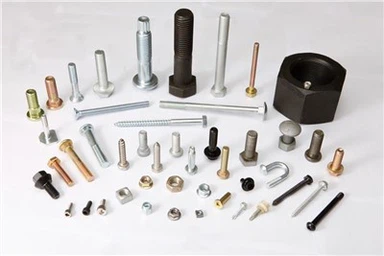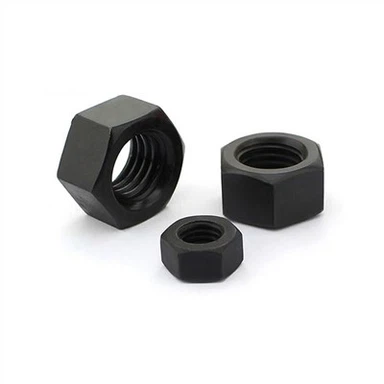Hot-Dip Galvanized Screw Processing Methods
May 23, 2025
There are currently two main processing methods for hot-dip galvanized screws:

1. Lorent Method
This process involves placing screws in an annealing furnace, where a gas injection system sprays gaseous substances onto the screw surface to raise them to a temperature suitable for crystal formation. This step serves as an acid pickling process before hot-dip galvanizing. Compared to traditional liquid immersion, it not only thoroughly removes the blackened layer on the screw surface but also effectively eliminates strongly adhered oil stains. After cleaning, the screws are immersed in a zinc bath for hot-dip galvanizing. However, this method causes significant wear and tear on pickling equipment, requiring frequent budget allocations for equipment maintenance- a primary reason many enterprises are reluctant to adopt it.
2. Improved Sendzimir Method
This is the most advanced hot-dip galvanizing process for screws, involving the integration of an acid pickling line and a molten zinc bath into a complete production pipeline. During galvanizing, screws go through acid pickling, cleaning, and finally immersion in the zinc bath in one continuous process. This method is highly convenient and allows for easy quality control, making it the prevailing choice for hot-dip galvanized screw production in China.
Advantages of Hot-Dip Galvanized Screws
With technological advancements, hot-dip galvanized screws have gained widespread application. Compared to stainless steel screws, they offer lower costs and higher strength, showing a trend of replacing stainless steel screws in outdoor installations. Their specific advantages include:
Low cost;
High production efficiency and fast delivery;
No impact on screw strength, wide applicability;
Excellent corrosion resistance.
Key Operation Specifications for Hot-Dip Galvanizing
1. Zinc Bath Temperature Control
The temperature of the zinc bath is a critical factor in hot-dip galvanizing, directly affecting both screw quality and equipment lifespan. Through experiments and long-term data tracking, the scientifically optimal temperature range is 450–480°C. At this temperature, the zinc liquid forms a high-density zinc alloy layer with strong adhesion to the screw surface. Temperatures below this range lead to insufficient zinc dissolution and poor adhesion, while excessively high temperatures accelerate equipment wear. The current industry standard in China is 450–480°C.
2. Galvanizing Time Control
Galvanizing time is closely correlated with temperature: when the temperature is at the upper tolerance, the galvanizing time can be shortened; when it is at the lower tolerance, the time needs to be extended, and adjustments should be made according to screw specifications. Excessively long time results in overly thick coatings, affecting installation, while insufficient time leads to thin coatings and reduced corrosion resistance. Under normal conditions, hot-dip galvanizing time is controlled at 3–5 minutes, with precise settings based on process parameter tables.
Conclusion
Hot-dip galvanized screws have established a significant position in industry due to their dual advantages of cost and performance. Standardized control of core parameters such as temperature and time is crucial for ensuring product quality. Jinrui Bolts always adheres to standardized processes to provide customers with high-quality hot-dip galvanized fastener solutions.






